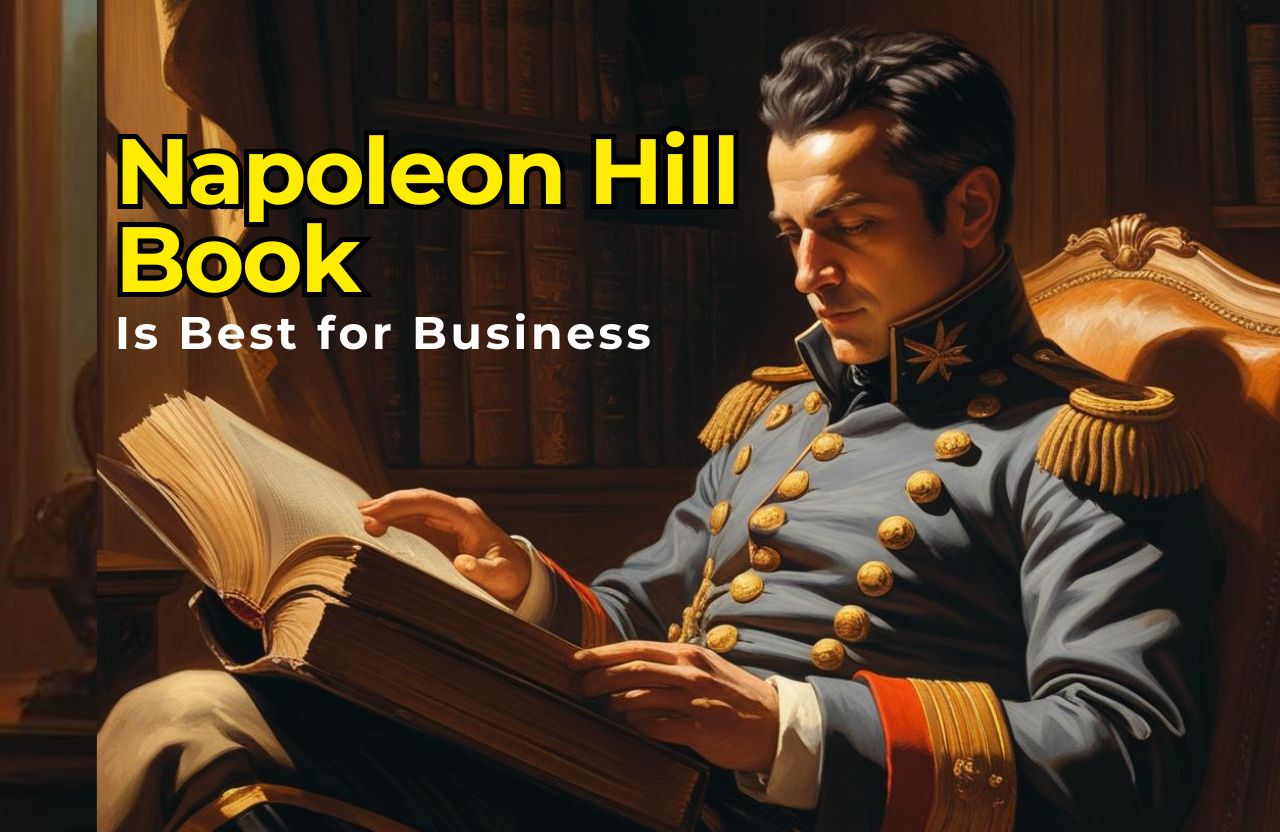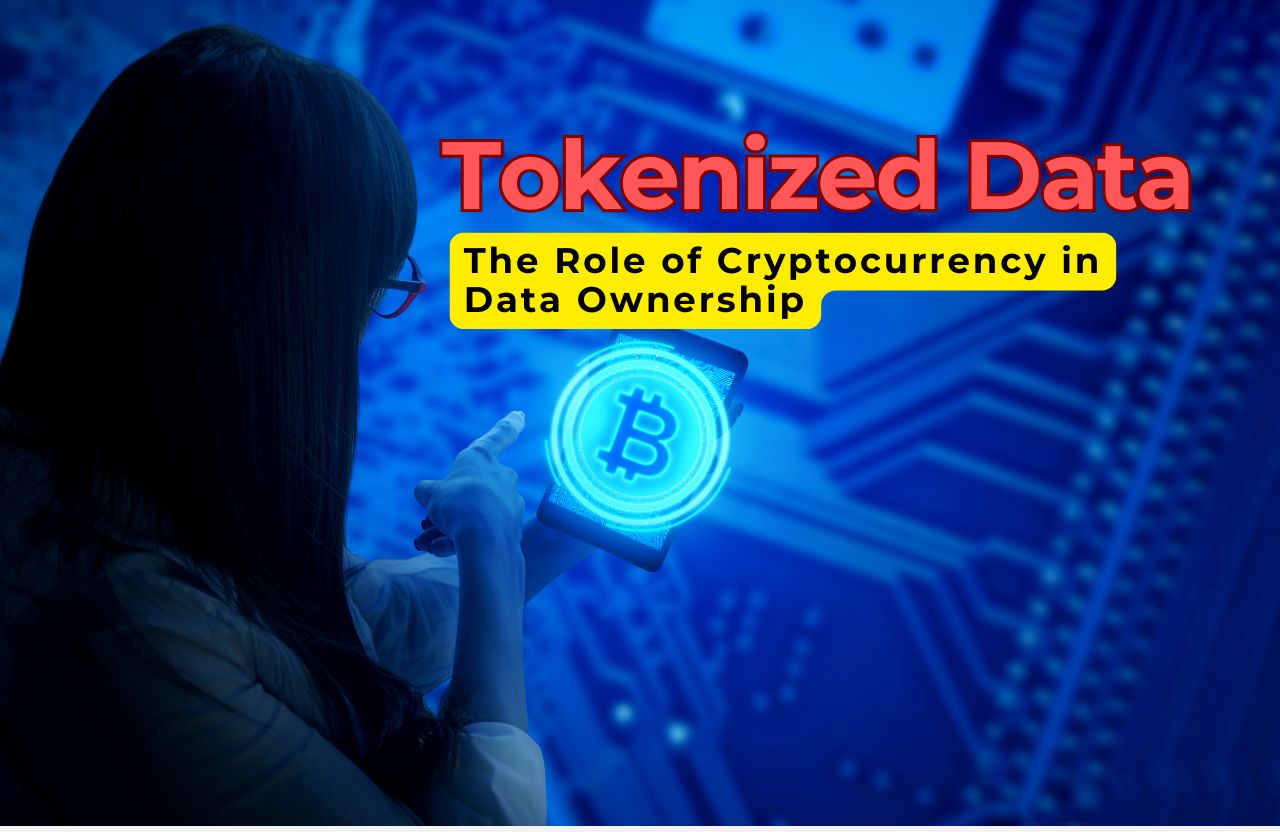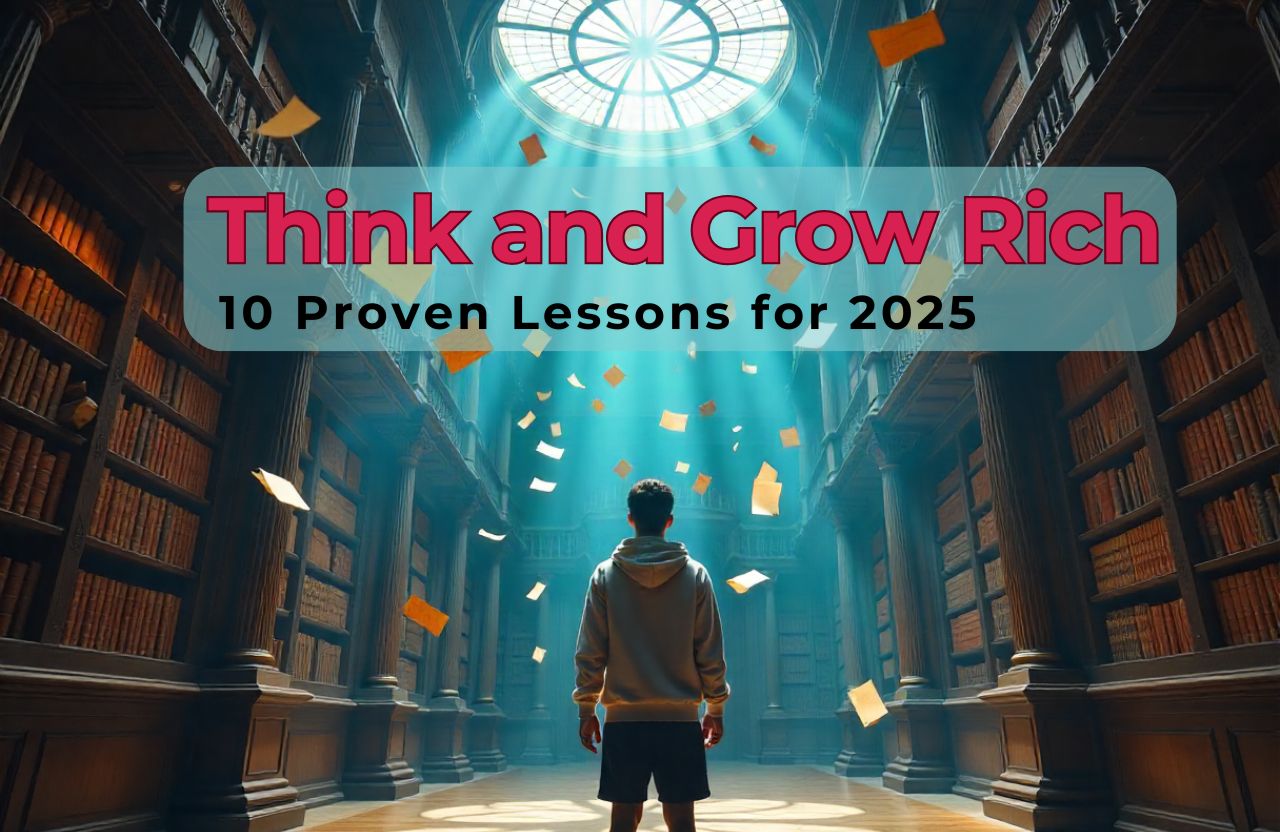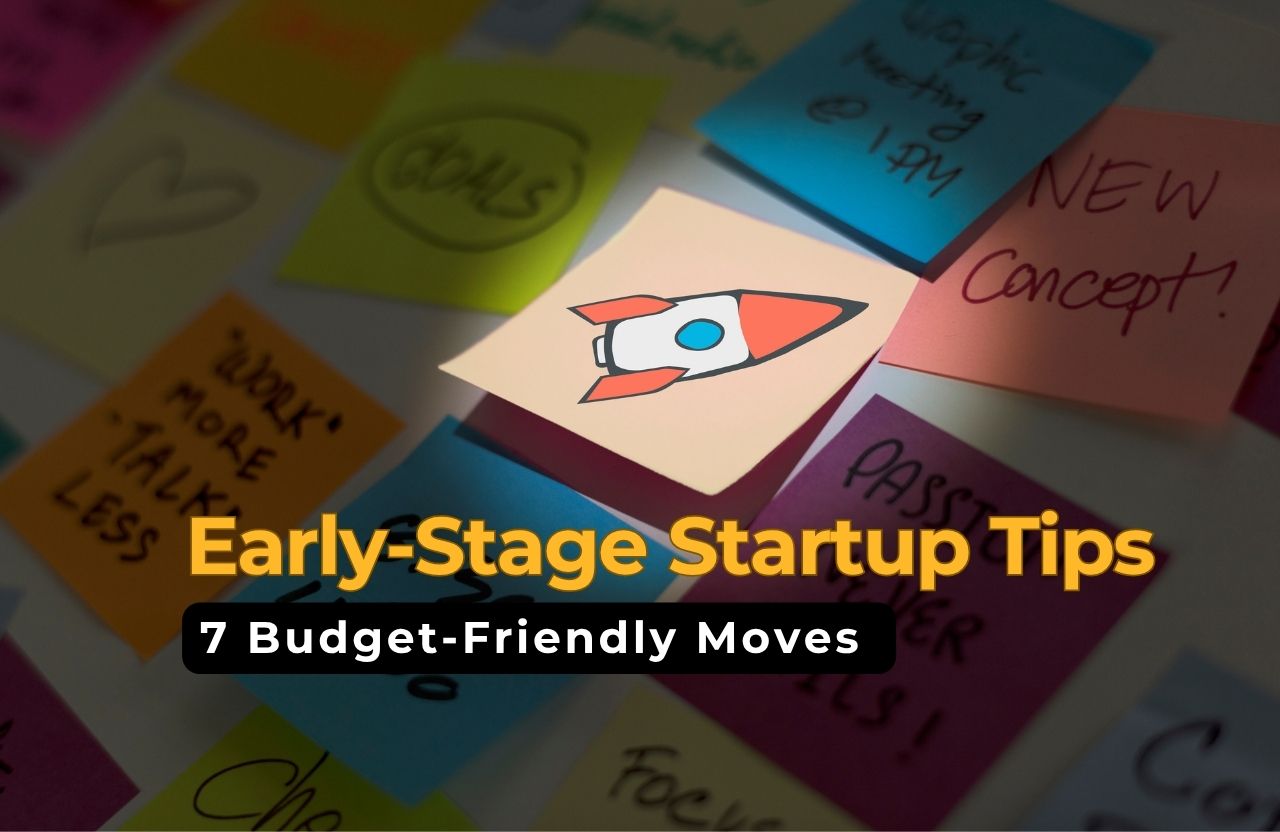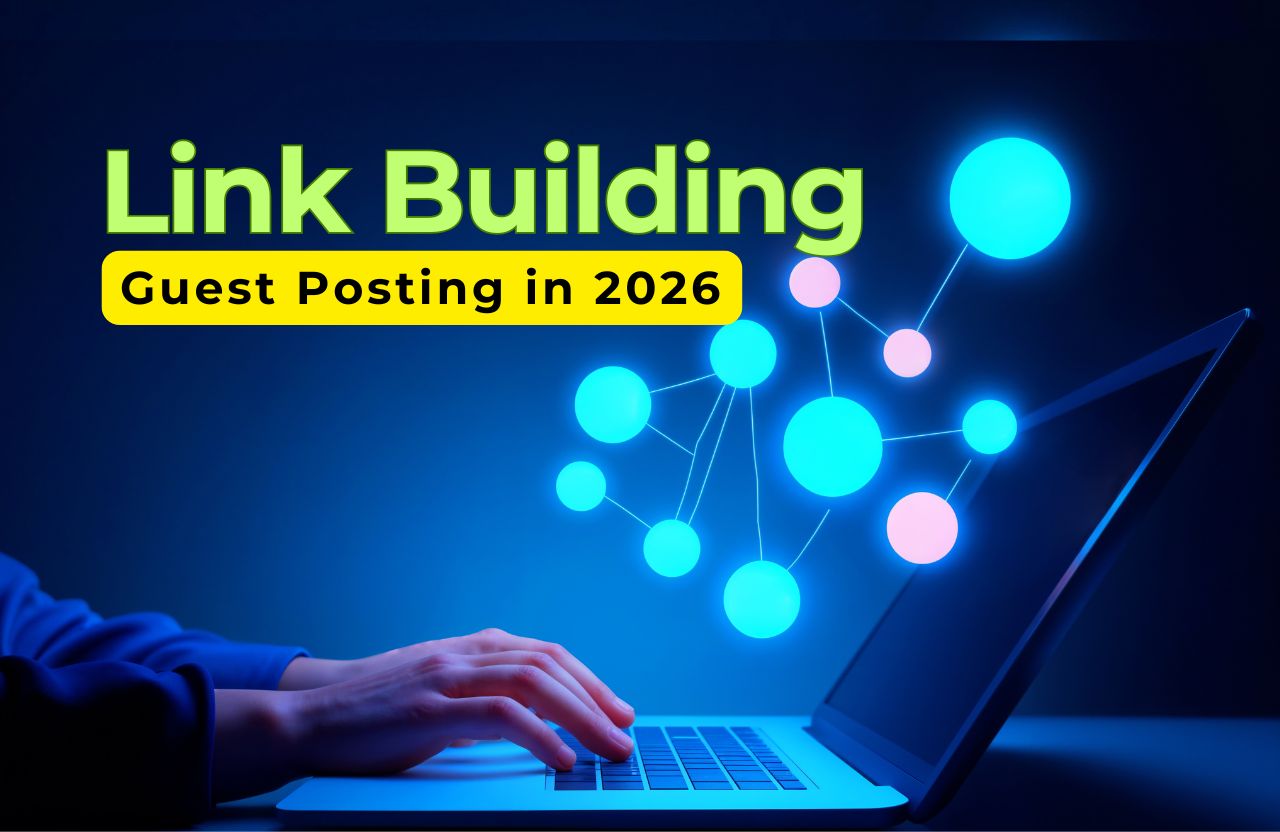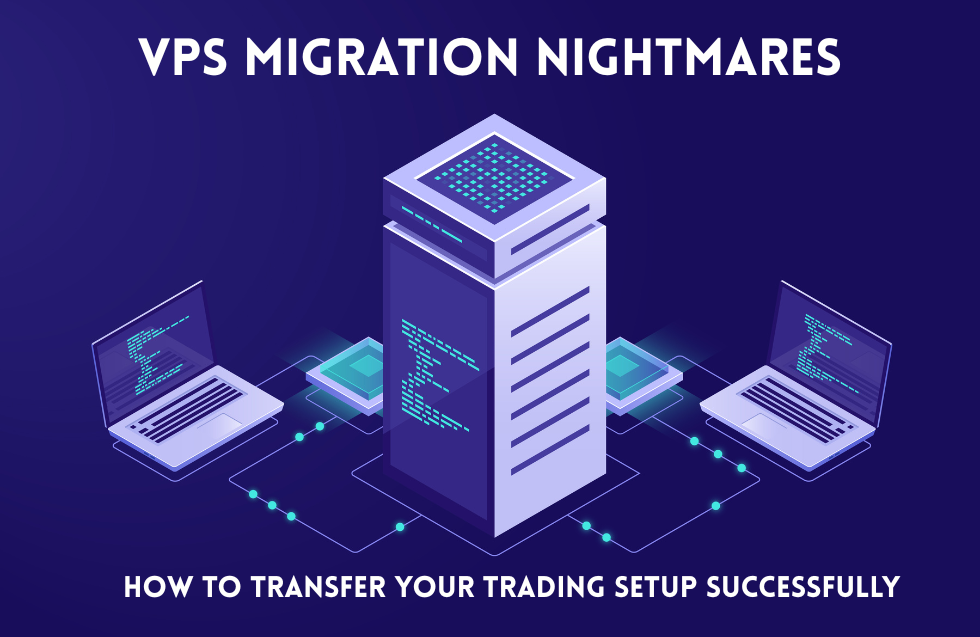In today’s fast-paced digital landscape, the art of advertising has evolved into a science of precision, creativity, and adaptability. Gone are the days of one-size-fits-all campaigns plastered on billboards or aired during prime time. Modern brands are now leveraging advanced advertising strategies that combine data-driven insights with cutting-edge technology to capture attention, foster engagement, and drive sustained growth.
This article explores some of the most innovative and effective advertising methods fueling brand growth today. Whether you’re a startup entrepreneur, a marketing professional, or an established business owner, these strategies can help you stay ahead of the curve.
1. Programmatic Advertising: Precision Meets Efficiency
Programmatic advertising strategies uses artificial intelligence (AI) and machine learning (ML) to automate the buying and selling of ad space. This method ensures that ads reach the right audience at the right time, eliminating the guesswork and inefficiencies of traditional ad buying.
- How It Works: Programmatic platforms analyze user data, including browsing behavior, demographic information, and purchasing patterns. Advertisers then bid on ad placements in real-time, targeting users most likely to convert.
- Why It’s Effective: Programmatic advertising delivers highly personalized messages, increasing click-through rates (CTR) and return on investment (ROI). Brands like Amazon and Nike use programmatic to optimize their global campaigns, ensuring their ads resonate with diverse audiences.
- Key Takeaway: Invest in programmatic tools to reduce wasted ad spend and maximize relevance.
2. Social Commerce Ads: Blurring the Line Between Browsing and Buying
Social media platforms have become virtual marketplaces, enabling brands to sell directly through posts, stories, and reels. Social commerce ads seamlessly integrate product discovery and purchase, creating a frictionless shopping experience.
- Platforms to Watch: Instagram, TikTok, and Pinterest are at the forefront of social commerce innovation. Features like Instagram Shop and TikTok’s “Shop Now” buttons allow users to buy products without leaving the app.
- Why It’s Effective: These ads leverage visual storytelling and influencer collaborations to build trust and drive impulse purchases. For example, TikTok’s viral “#TikTokMadeMeBuyIt” trend has significantly boosted sales for many small and large brands.
- Key Takeaway: Focus on visually engaging content and collaborate with micro-influencers to enhance authenticity.
3. Personalized Video Campaigns: Storytelling in the Spotlight
Video content remains king in the advertising world, but personalization takes it to the next level. Brands are now creating dynamic video ads tailored to individual viewers based on their preferences and behaviors.
- Examples: Spotify’s annual “Wrapped” campaign uses personalized data to create shareable content, turning users into brand ambassadors. Similarly, Nike’s personalized video ads feature customizable products based on user activity.
- Why It’s Effective: Personalized videos make users feel seen and valued, increasing emotional connection and engagement. Research shows that personalized video ads can improve CTR by up to 200%.
- Key Takeaway: Use tools like Vidyard or Adobe Spark to create tailored video experiences.
4. Interactive Ads: Engaging Audiences Through Play
Interactive ads transform passive viewers into active participants. These ads include elements like quizzes, polls, games, and augmented reality (AR) experiences, encouraging users to engage directly with the brand.
- Why It’s Effective: Interactive ads boost engagement and dwell time, which can significantly improve brand recall. For instance, IKEA’s AR app allows users to visualize furniture in their homes, bridging the gap between online browsing and in-store shopping.
- Key Takeaway: Incorporate gamification and AR tools into your campaigns to create memorable user experiences.
5. Voice Search Optimization: The Sound of Success
With the rise of smart speakers like Amazon Echo and Google Home, voice search is becoming a crucial component of modern advertising. Optimizing ads for voice search ensures that your brand is discoverable in this growing medium.
- How It Works: Focus on long-tail keywords and conversational phrases that mimic natural speech. Create content that answers common questions, as voice searches often start with phrases like “How to…” or “What’s the best…”
- Why It’s Effective: Voice search ads reach users in intimate, hands-free moments, such as cooking or commuting, enhancing brand accessibility.
- Key Takeaway: Invest in voice-optimized content and explore platforms like Alexa Skills or Google Actions.
6. Shoppable Livestreams: Real-Time Conversions
Livestream shopping has exploded in popularity, particularly in markets like China, where platforms like Taobao Live generate billions in sales. This trend is gaining traction worldwide, with brands leveraging real-time interaction to drive conversions.
- How It Works: During a livestream, hosts showcase products, answer questions, and offer exclusive discounts, allowing viewers to purchase instantly.
- Why It’s Effective: Livestreams combine the urgency of flash sales with the authenticity of direct interaction. Sephora and Walmart have successfully used livestreams to create buzz and drive sales.
- Key Takeaway: Collaborate with charismatic hosts or influencers to create engaging livestream events.
7. Sustainability-Focused Ads: Aligning With Values
Modern consumers increasingly prioritize sustainability and social responsibility. Brands that highlight their eco-friendly practices and ethical values in their ads can build deeper connections with their audience.
- Examples: Patagonia’s campaigns focus on environmental activism, resonating with eco-conscious consumers. Similarly, Unilever’s “Sustainable Living” brands outpace their other product lines in growth.
- Why It’s Effective: Purpose-driven advertising fosters loyalty and advocacy, particularly among younger generations like Millennials and Gen Z.
- Key Takeaway: Be transparent about your sustainability efforts and weave them authentically into your storytelling.
8. Geofencing and Location-Based Ads: Hyperlocal Targeting
Geofencing uses GPS technology to target users within specific geographic areas. This strategy is particularly effective for brick-and-mortar businesses and events.
- How It Works: Advertisers set up virtual boundaries around locations like stores, stadiums, or competitor businesses. When users enter these zones, they receive targeted ads or notifications.
- Why It’s Effective: Location-based ads ensure relevance and timeliness, driving foot traffic and in-store purchases. Starbucks uses geofencing to send personalized offers to customers near their stores.
- Key Takeaway: Leverage geofencing to deliver timely, location-specific promotions.
9. Collaborative Brand Campaigns: Strength in Numbers
Collaborations between brands can amplify reach and create buzz. These partnerships often merge audiences and resources, delivering win-win outcomes for both parties.
- Examples: Adidas and LEGO collaborated to create a playful line of sneakers, appealing to both fashion and toy enthusiasts. Similarly, Apple and Nike’s partnership on the Apple Watch caters to fitness-conscious tech users.
- Why It’s Effective: Collaborative campaigns generate novelty and expand audience reach, attracting attention from loyalists of both brands.
- Key Takeaway: Partner with complementary brands to co-create innovative campaigns.
10. AI-Powered Creative Optimization: Smarter Campaigns
Artificial intelligence is revolutionizing creative processes in advertising advertising strategies. AI tools analyze performance data and generate optimized ad creatives tailored to specific audiences.
- How It Works: Platforms like Google’s Performance Max use AI to deliver dynamic ad combinations, testing various formats, headlines, and visuals to determine the best-performing mix.
- Why It’s Effective: AI-driven campaigns continuously improve, delivering better results over time. The approach reduces manual effort while enhancing effectiveness.
- Key Takeaway: Experiment with AI tools to streamline ad creation and optimization advertising strategies.
11. User-Generated Content (UGC): Harnessing Social Proof
User-generated content involves leveraging photos, videos, and reviews created by your customers. This organic content serves as social proof, boosting credibility and trust.
- Why It’s Effective: Consumers are more likely to trust peers than branded messages. Brands like GoPro and Airbnb have built communities around UGC, fostering loyalty and engagement.
- Key Takeaway: Encourage customers to share their experiences and spotlight their stories in your campaigns.
12. Ephemeral Content: Creating FOMO
Ephemeral content advertising strategies—such as Instagram Stories and Snapchat Snaps—disappears after a short time, creating a sense of urgency and exclusivity.
- Why It’s Effective: This format captures attention quickly and encourages immediate action. Brands like Dunkin’ use ephemeral content for limited-time offers and behind-the-scenes glimpses.
- Key Takeaway: Use ephemeral content to create buzz and drive real-time engagement.
Final Thoughts
Modern advertising strategiesis as much about innovation as it is about connection. The strategies discussed above are not just trends but powerful tools that can propel your brand toward sustainable growth. The key is to stay adaptable, experiment fearlessly, and always prioritize authenticity.
As technology evolves, so too will the possibilities for engaging with audiences. Embrace these modern ad advertising strategies, and your brand won’t just keep up with the competition—it will lead the way.

